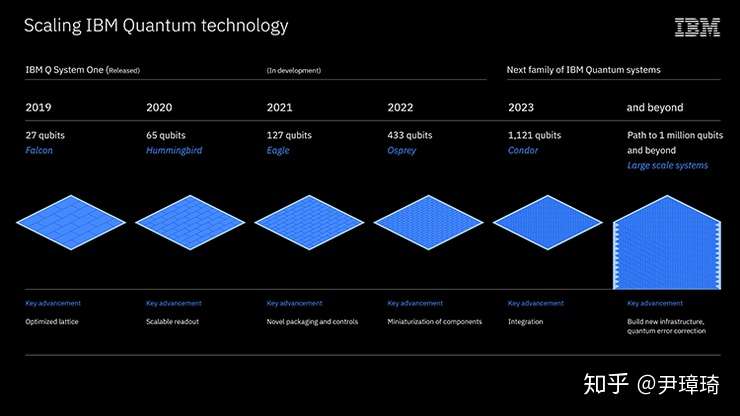|
Computer vision is a rapidly advancing field that has revolutionized various industries, including healthcare, retail, transportation, and entertainment. It involves the development of algorithms and techniques to enable computers to interpret and understand visual information from images or videos. Over the years, computer vision has made significant strides, thanks to advancements in hardware capabilities, machine learning, and deep neural networks. One of the primary applications of computer vision is object recognition and detection. With the ability to accurately identify objects in images or videos, computer vision systems have been employed in self-driving cars to detect pedestrians, traffic signs, and obstacles on the road. This technology has improved road safety and has the potential to transform the transportation industry by enabling autonomous vehicles. Another area where computer vision has had a profound impact is in medical imaging. By analyzing medical scans, such as X-rays, CT scans, and MRIs, computer vision algorithms can aid in diagnosis, early disease detection, and treatment planning. For example, computer vision techniques can help radiologists identify abnormalities, tumors, or lesions that may be difficult to spot with the naked eye. This assists in providing more accurate and timely diagnoses, leading to improved patient outcomes. Computer vision has also found extensive applications in the retail industry. With the advent of e-commerce, retailers are leveraging computer vision to enhance the shopping experience for customers. Visual search technology allows users to discover products by simply uploading an image or taking a photo. This enables consumers to find similar items or learn more about a product they come across in their daily lives. Additionally, computer vision is used for inventory management, shelf monitoring, and cashierless checkout systems, further streamlining operations and improving efficiency in retail environments. In the realm of entertainment, computer vision has opened up new possibilities for augmented reality (AR) and virtual reality (VR) experiences. By tracking and analyzing user movements, computer vision enables immersive gaming experiences and interactive virtual environments. This technology has the potential to revolutionize not only the gaming industry but also training simulations, architectural design, and virtual tourism. However, with these advancements come ethical considerations and challenges. Privacy concerns arise as computer vision systems become more pervasive, raising questions about data security and consent. Additionally, biases within algorithms may lead to unfair decision-making or discriminatory outcomes. It is crucial for developers and policymakers to address these issues and ensure that computer vision technologies are developed and deployed responsibly. In conclusion, computer vision has evolved significantly in recent years, impacting various industries and transforming the way we interact with technology. From autonomous vehicles to medical diagnostics, retail experiences, and entertainment, computer vision continues to push boundaries and unlock new possibilities. As the field progresses, it is essential to strike a balance between innovation, ethics, and privacy to fully harness the potential of computer vision in our increasingly visual world.  |
